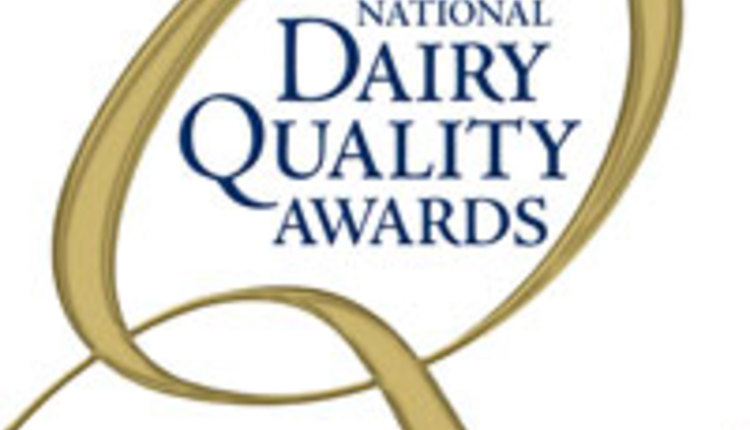The information below has been supplied by dairy marketers and other industry organizations. It has not been edited, verified or endorsed by Hoard’s Dairyman.


In a letter to Agriculture Secretary Sonny Perdue Tuesday, House Agriculture Committee Chairman Collin C. Peterson of Minnesota, and Subcommittee Chairs Jim Costa of California, Stacey E. Plaskett of the Virgin Islands and Filemon Vela of Texas relayed concerns with the implementation of the Coronavirus Food Assistance Program (CFAP) by the U.S. Department of Agriculture.
Highlighting the continued loss in both value and demand for agricultural products related to the COVID-19 pandemic, the Members detailed the following concerns in the letter:
- CFAP does not include commodities under contract, even though several of the most impacted crops are typically grown under contract, including potatoes and malting barley.
- USDA chose to cover livestock sales between January 15th and April 15th when COVID-19-related livestock market declines did not begin until February 2020 and some of the lowest market prices persisted well beyond April 15th, effectively arbitrarily picking winners and losers based solely on when livestock was sold without regard to actual market conditions.
- CFAP does not recognize the cost premium of organic crops, by differentiating organic prices for certified organic producers.
- USDA used data not fully representative of the farmgate value of some specialty crops to determine their eligibility for CFAP and CFAP payment rate.
- CFAP payments do not distinguish between livestock raised for restaurant or higher value market chains, such as heritage breeds or grass-fed.
- It remains unclear how producers of products that are not sold in cash markets with publicly reported prices (e.g., commodities that sell primarily to retail, farmers’ markets, fast food, and restaurant markets) and suffered significant market losses will meet the price data requirements of the CFAP Notice of Funding Availability. Impacted sectors include domestic aquaculture, bison, poultry, cut flowers, nursery products, and potatoes.
- CFAP payments do not distinguish for the higher value given to crops that are marketed directly through restaurants, farmers’ markets, and other alternative markets.
Additionally, the Chairs pointed to lingering concerns over staffing levels and existing workload at Farm Service Agency county offices, and what delays those factors may cause in CFAP-related assistance.
A full copy of the letter is available by clicking here.

